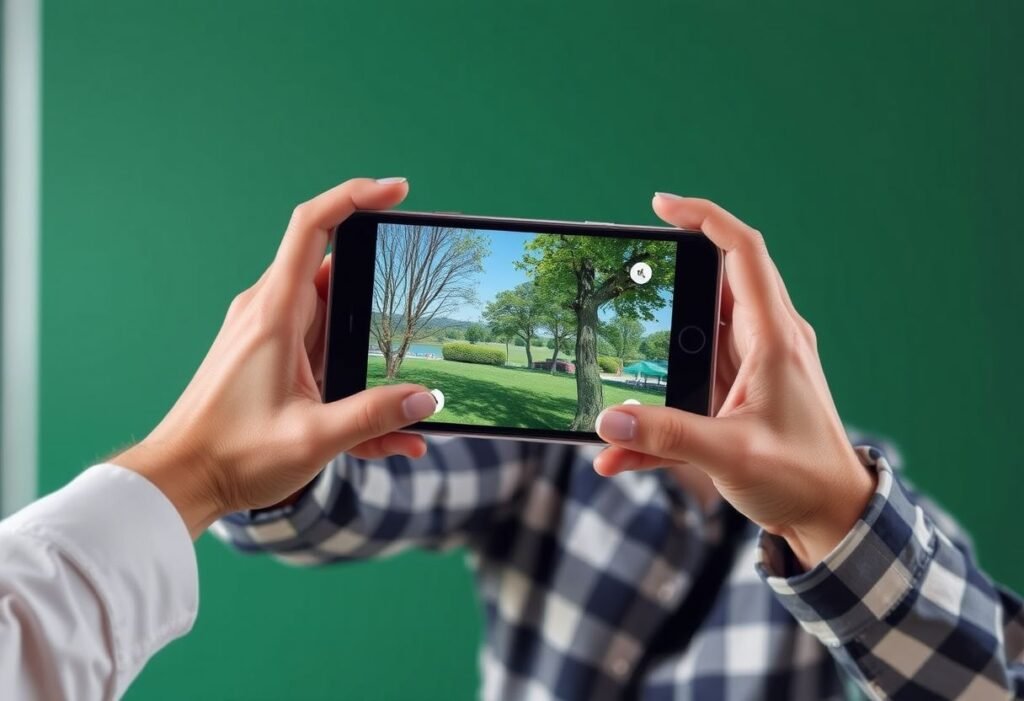Augmented Reality (AR) is transforming the educational landscape, providing innovative and interactive learning experiences that engage students like never before.
The Role of Augmented Reality in Education
Augmented Reality integrates digital information with the real world, enhancing the learning experience by providing visual aids and interactive elements. Educators are increasingly utilizing AR to create immersive environments for students, enabling them to grasp complex concepts with ease. By augmenting traditional learning methods with interactive simulations and visual representations, teachers foster a deeper understanding and retention of information. This innovative approach cultivates an engaging atmosphere where students can actively participate and explore subjects in a multidimensional context.
Enhancing Engagement Through Immersive Experiences
One of the significant benefits of AR in education is its ability to enhance student engagement. Traditional teaching methods can often lead to disengagement, particularly in subjects that students find challenging. By incorporating AR, lessons become interactive and fun, which can significantly increase students’ motivation and willingness to learn. For instance, students can visualize historical events, manipulate scientific models, or explore biological processes up close. This sense of involvement transforms learners from passive recipients of information into active participants.
Personalized Learning Paths
AR enables personalized learning experiences that cater to individual students’ needs. Each student learns differently, and AR technology allows for the customization of educational content. Through analytics and adaptive learning algorithms, teachers can identify areas where a student might struggle and provide targeted AR resources to support their growth. This tailored approach ensures that all learners can progress at their own pace, making education more effective and equitable. As a result, improved learning outcomes manifest across diverse student populations.
Interactive Collaboration Among Peers
Augmented reality also fosters collaborative learning environments. Students can work together on AR projects, allowing them to share and exchange ideas while developing critical problem-solving skills. Collaborative AR experiences encourage communication, teamwork, and creative thinking, essential skills for future workforce success. For instance, students can use AR tools to conduct virtual field trips or design interactive projects that encourage discussion and cooperation.
The Future of Educational Tools
The integration of AR into educational tools is revolutionizing how teaching is conducted. As technology advances, more AR applications will become available, making it easier for teachers to incorporate these tools into their curriculum. Schools adopting these innovative technologies are preparing students for a future where digital literacy and innovative thinking are paramount. With AR, the possibilities for creating dynamic and interactive learning experiences are endless, inviting further exploration into this revolutionary technology.
A Bottom-Line Impact on Learning Outcomes
Ultimately, the implementation of augmented reality in educational settings promises to enhance learning outcomes significantly. With increased engagement, personalized learning experiences, and collaborative opportunities, AR elevates the educational experience to new levels. Schools that embrace this technology can create environments where students thrive academically, socially, and emotionally, equipping them with the skills they need to excel in an increasingly digital world.
This article is for informational purposes only and does not constitute professional educational advice.





















